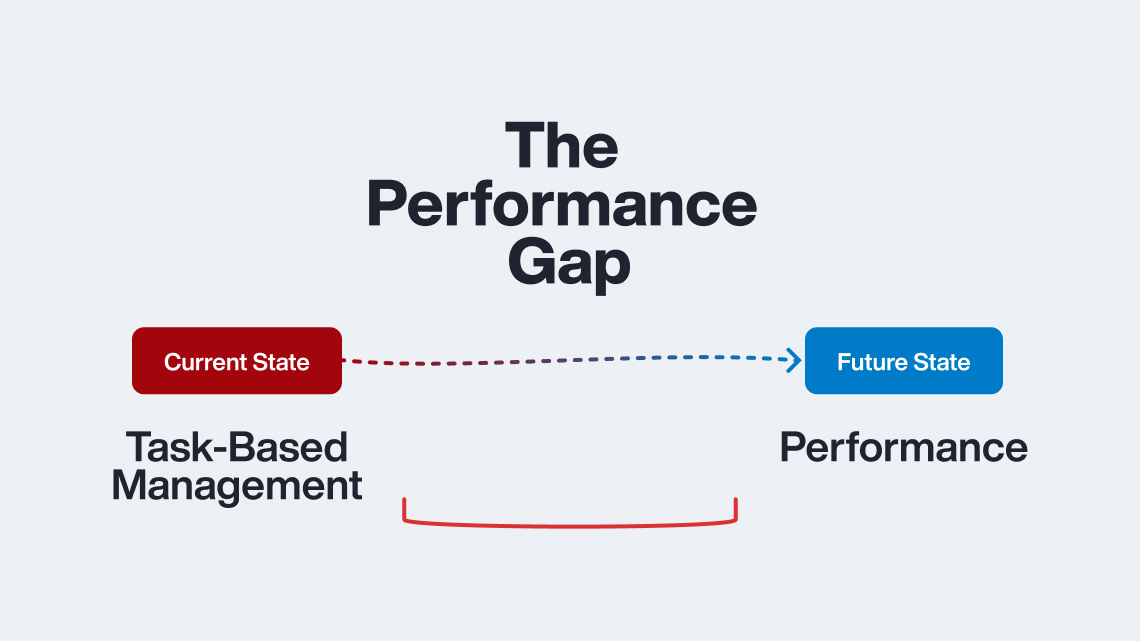Published on September 18th, 2018
By Elizabeth Millar
Anyone who has been in the real estate industry for more than a few years has seen some dramatic changes in the market. Over time, the average square footage of single-family and apartment homes shrinks and expands to accommodate economic and family unit size fluctuates. Area property values rise and fall based on regional expansion and net migration. Federally-controlled interest rates often define the winners and losers in the investor pool. Through all of these changes, city planners have delineated locations within greater metropolitan areas as cities and suburbs. Today, there is a new dynamic that shouldn’t be ignored, the gradually disappearing line between city and suburban property lines.
Redefining the City vs. Suburbia Boundaries
Since the late 1940s, when William J. Levitt built the first planned community just outside New York City for WWII veterans and their families, we have thought of suburbs as mostly an area detached from the business district. In the early decades, when most women stayed home, and the husband commuted into the city, there were few businesses beyond a grocery, drugstore, gas station and a few shops in these primarily residential areas. When we hear the word “suburbia,” a picture of the white picket fence surrounding a single-family home with flowers lining the path to the front door pops into our head. This quintessential image is pleasant, but no longer the norm.
The twenty-first-century reality, where millions of people work from home – about 43 percent of all working adults work remotely today – means that fewer people feel pressure to live close to the office. That doesn’t mean multifamily housing is losing market share in the city. Hundreds of US cities report more than 50% of residents rent. However, the face of suburban living is changing; suburbia is no longer primarily furnished with cookie-cutter single-family homes. You’ll find sprawling malls, hospitals, commercial tenants, and both detached single-family and apartment homes all within the same area.
Demarking where the city ends and the suburbs begin is very complex today. Market analysts suggest it’s time to cease using geography as the basis for defining markets and embrace density as a more reliable housing intelligence driver. Using this alternative framework provides a more nuanced method of understanding what modern renters need and expect from multifamily housing providers.
Viewing the Changing Landscape Through a New Lens
Rather than continuing to use city limit boundaries to establish metropolitan statistical areas, it’s time to view housing stock with a fresh lens. By defining areas based on density, market analysts get a clearer picture of the true market share of multifamily housing versus detached single-family dwellings. Urban and suburban areas tend to share many common characteristics today, including a growing multifamily housing presence in areas traditionally viewed as suburban. City planners and developers armed with this “new” information can create more realistic development and expansion plans.
Not every renter is looking for a nest in the center of the city, although that will always be an attractive location for some. Likewise, everyone who wants to escape the city, isn’t looking for the white-picket-fence American dream of the 1950s. Some want a well-managed apartment home in a community close enough to visit the city if they chose, with convenient access to everything they need from entertainment and shopping to medical care and work opportunities.
The sands are shifting in the housing market. It’s time for real estate professionals to embrace a new way of studying it. Arbitrary lines on a zoning map are no longer delivering the data we need to respond to the changing multifamily landscape.









Comments by Elizabeth Millar
5 Rules to Finding Great Property Management Talent
Appfolio makes it really easy for property management ...
Easy Ways to Manage Risk and Improve Debt Recovery – Webinar Recap
Hi Clay, I spoke with our webinar presenter, and the ...